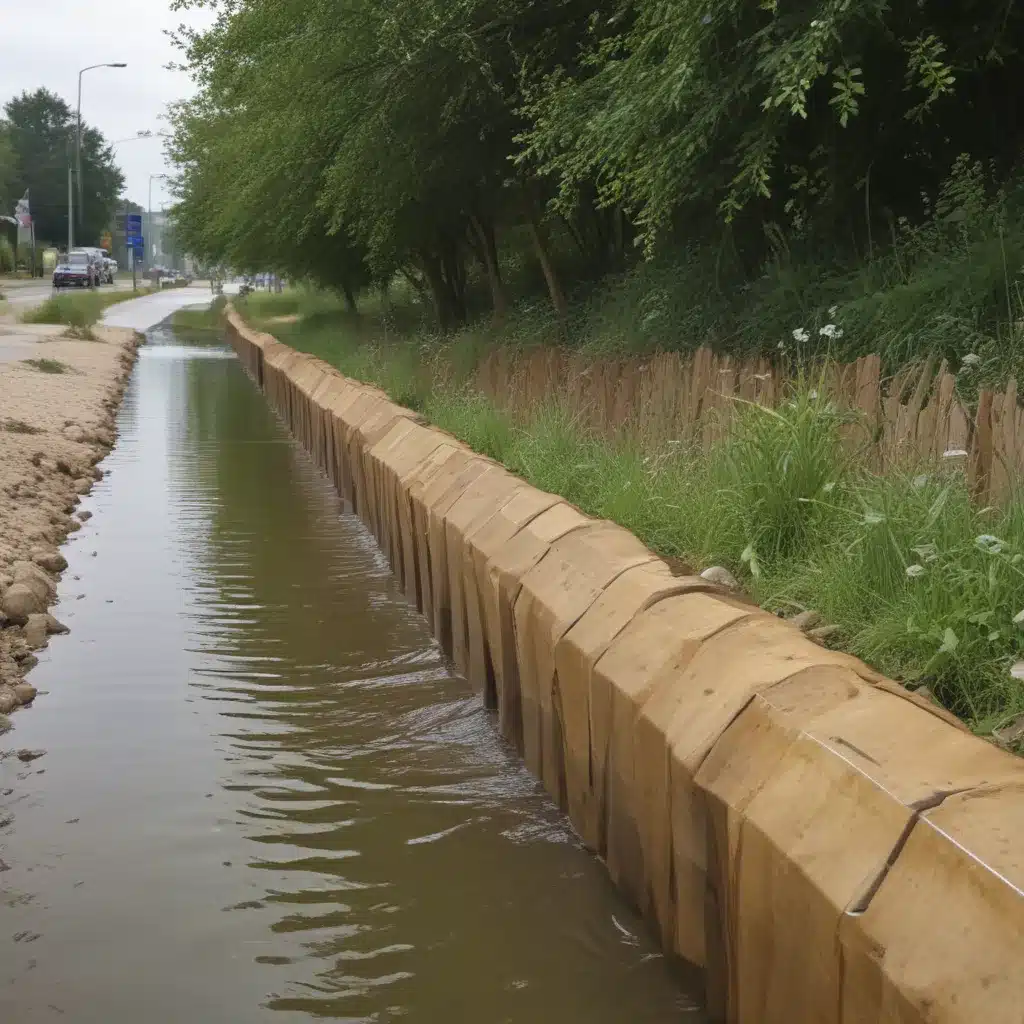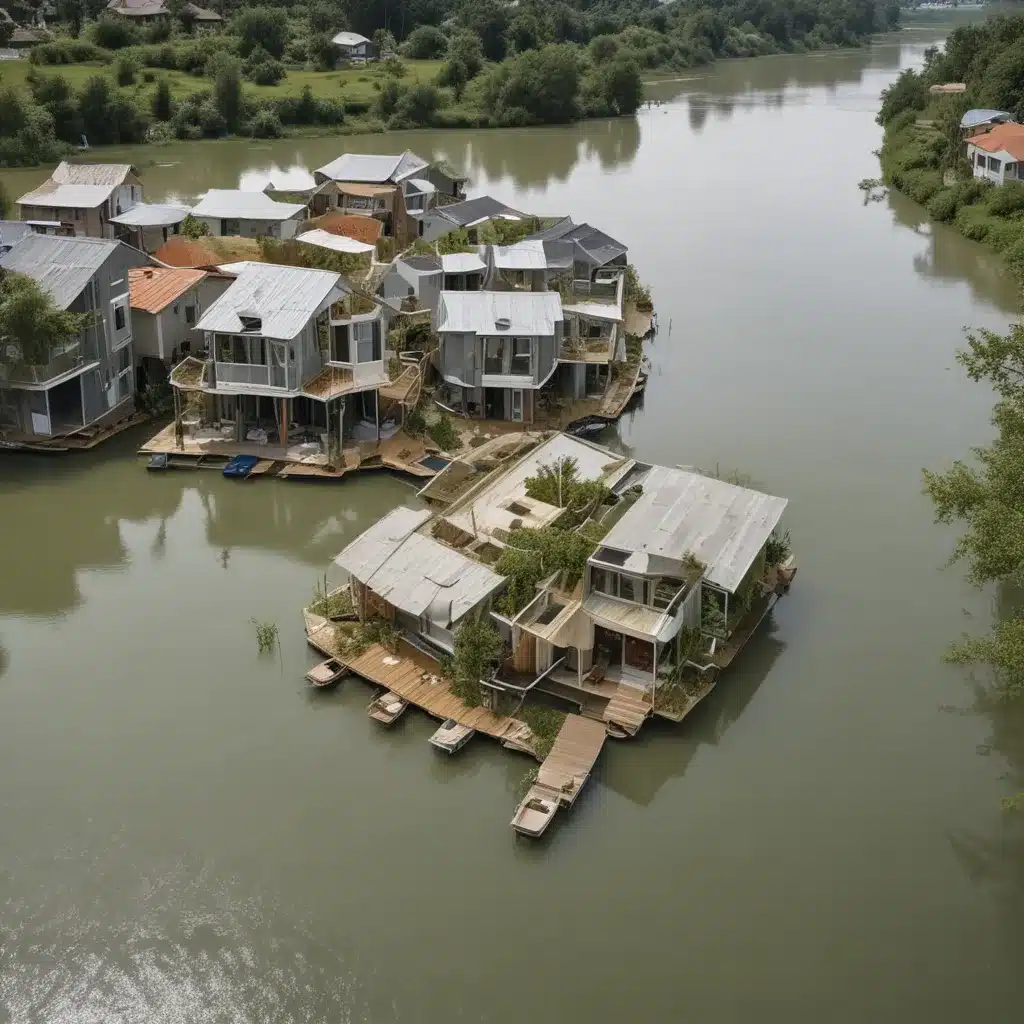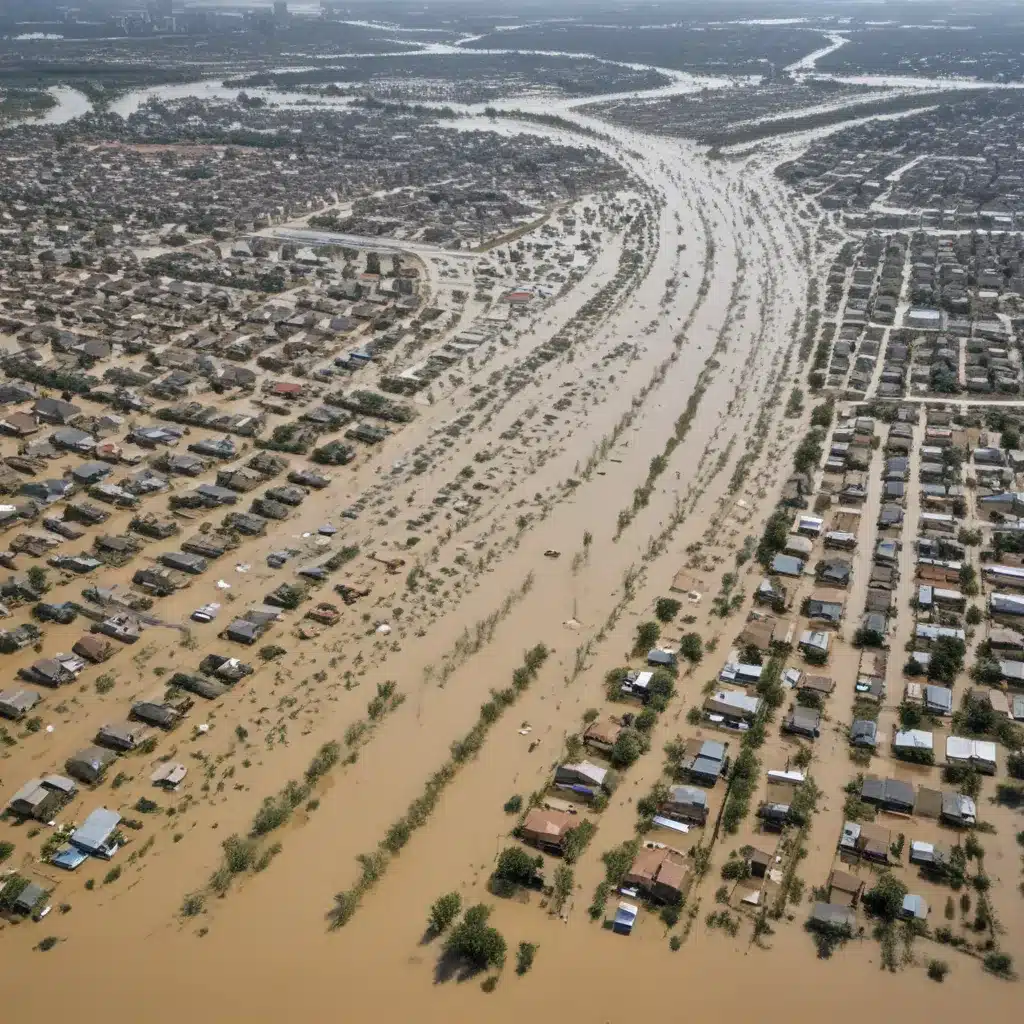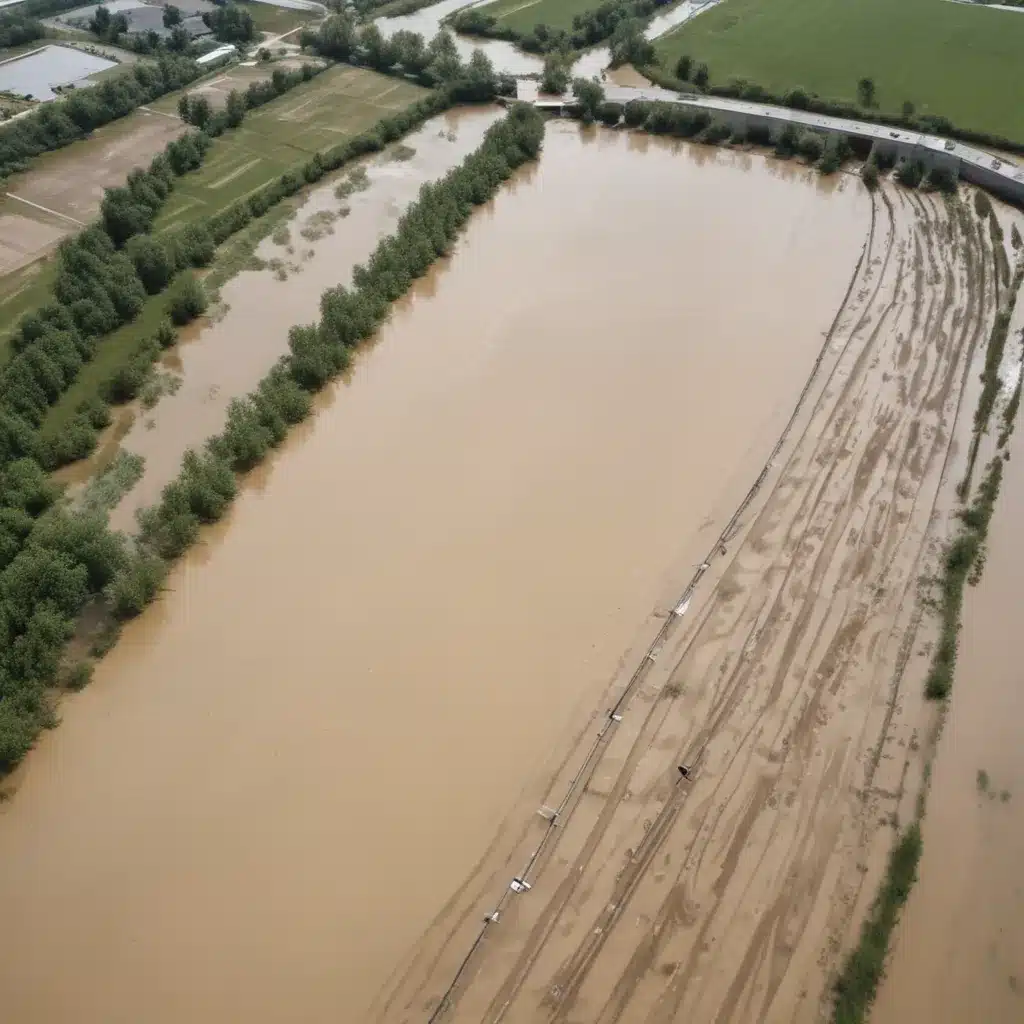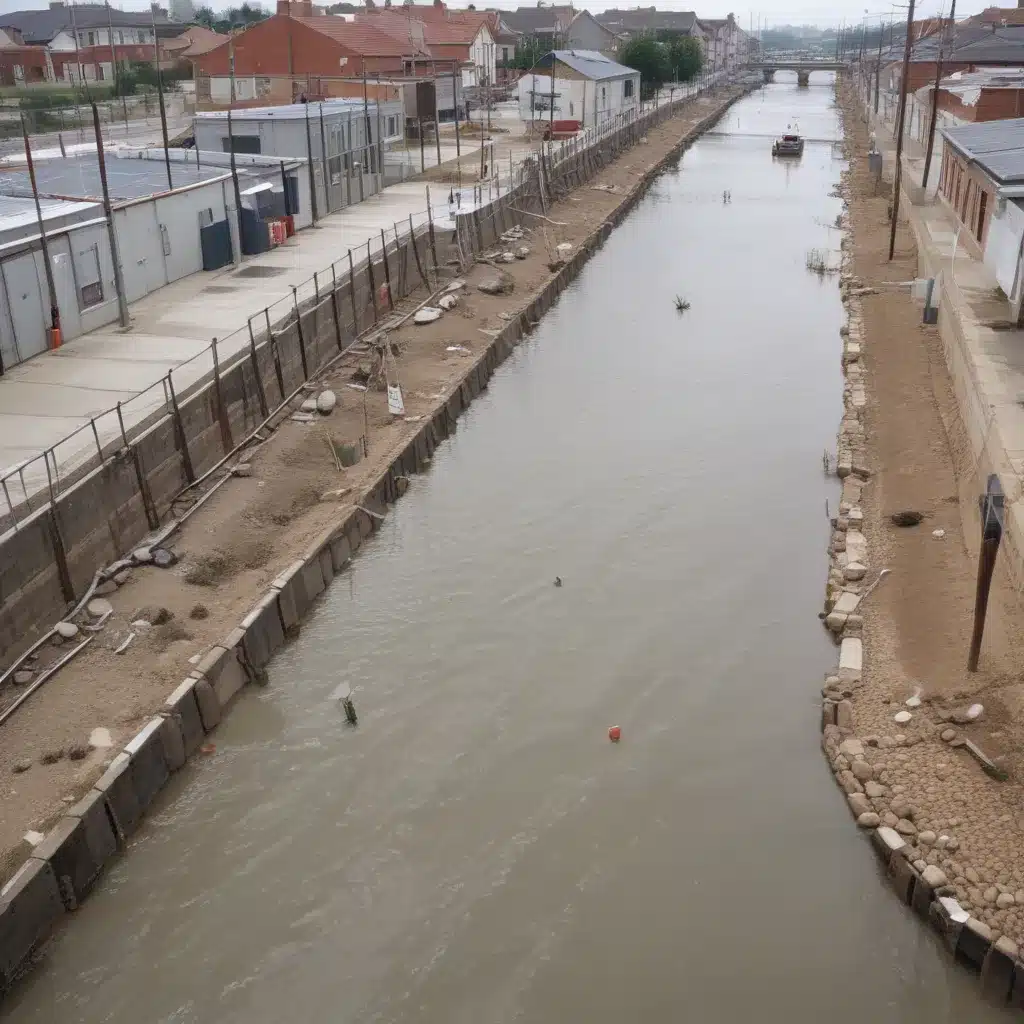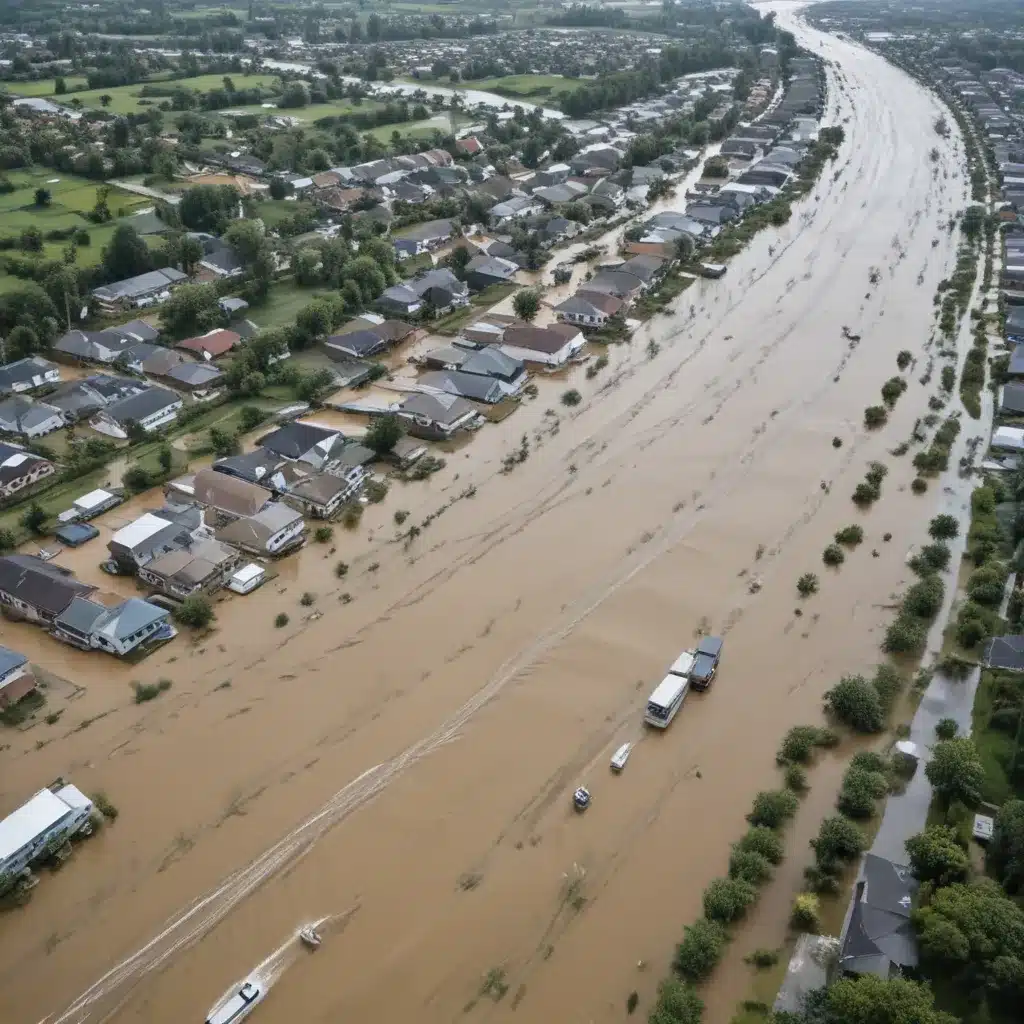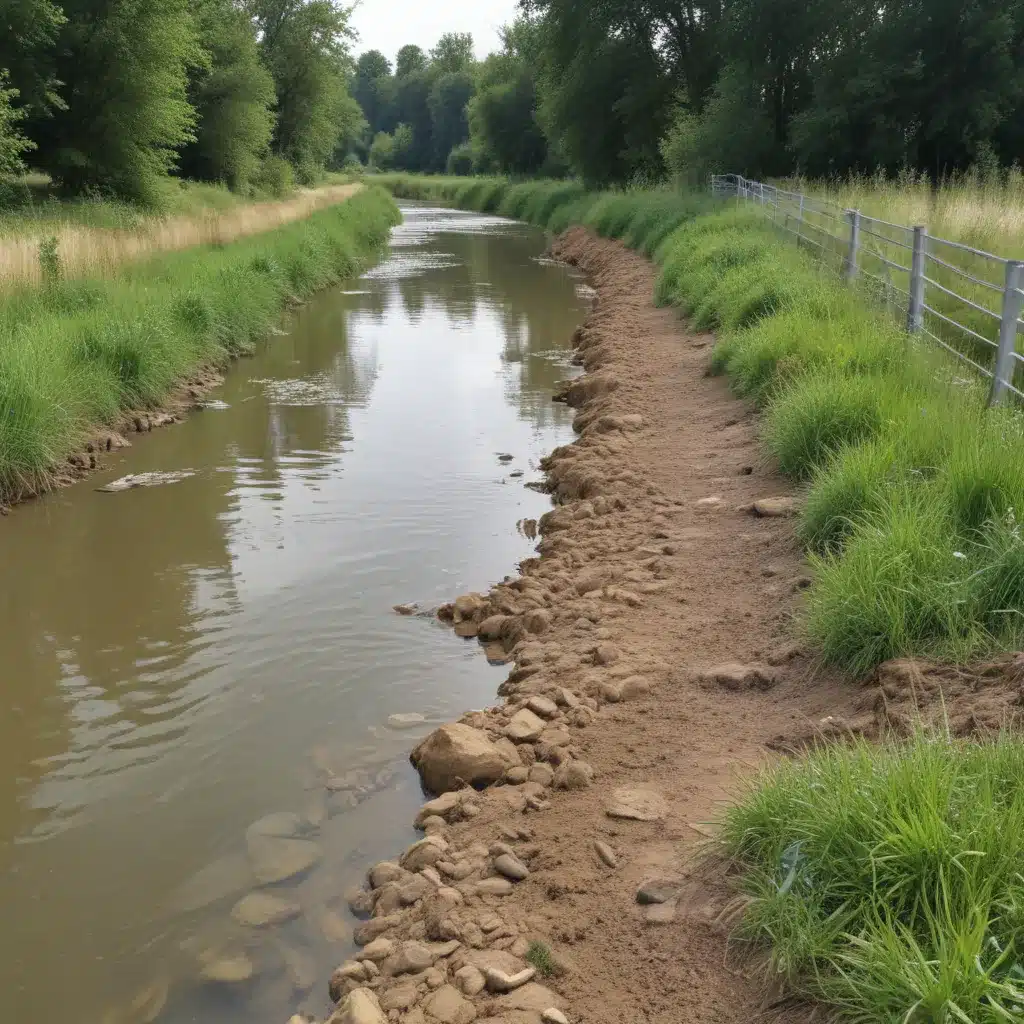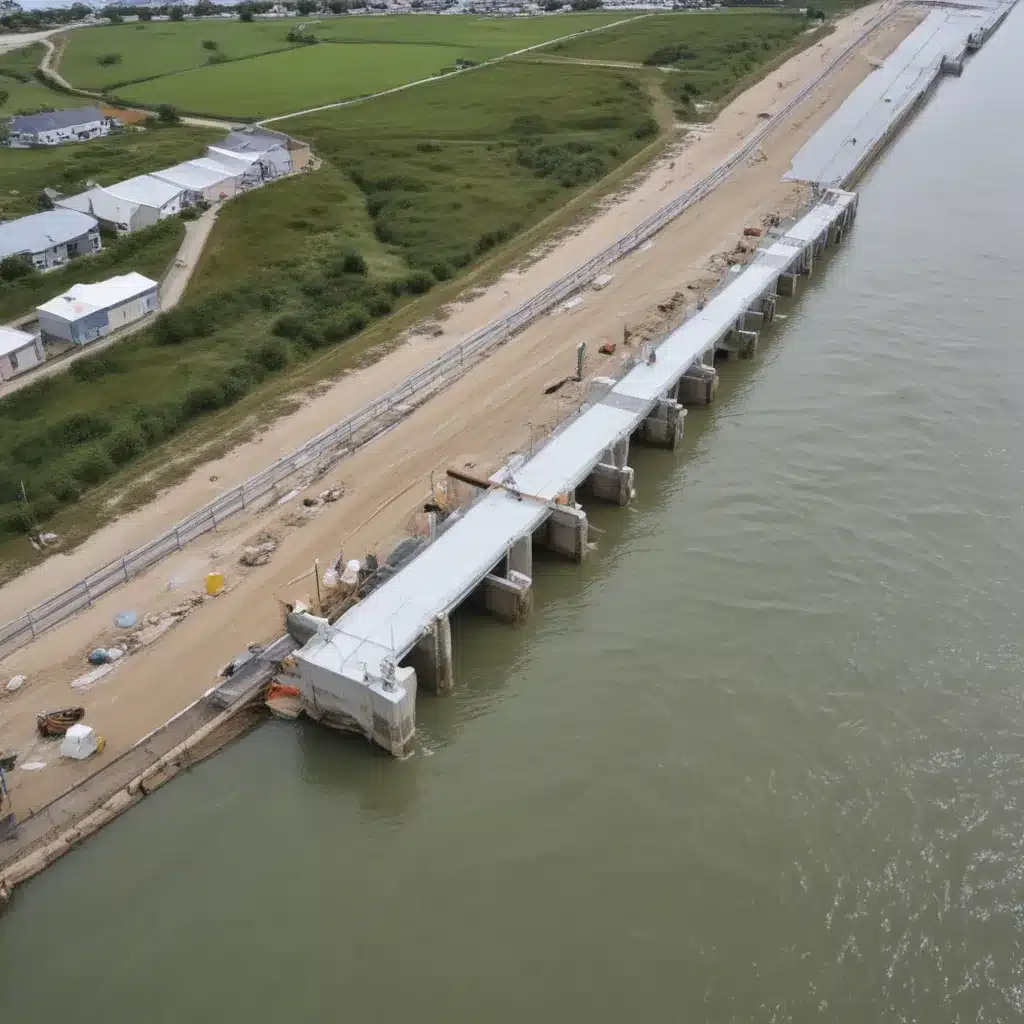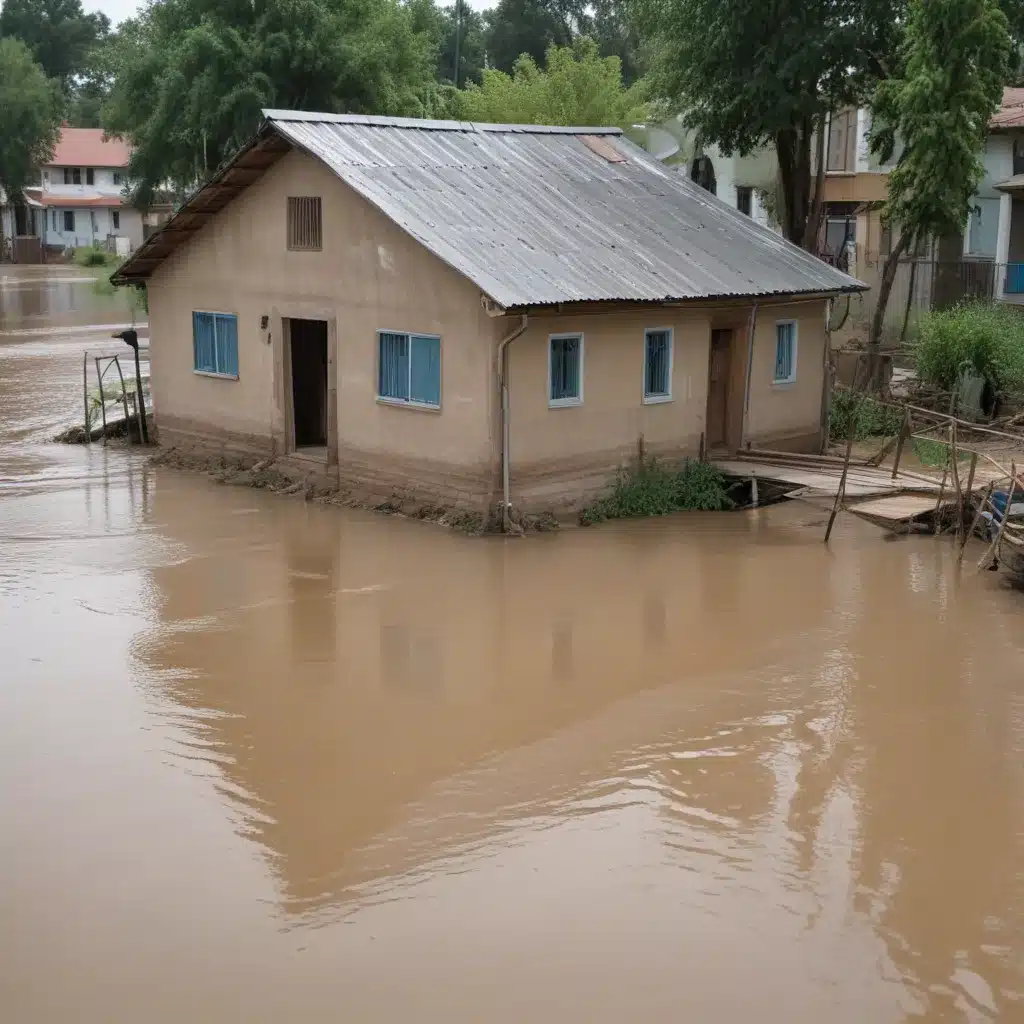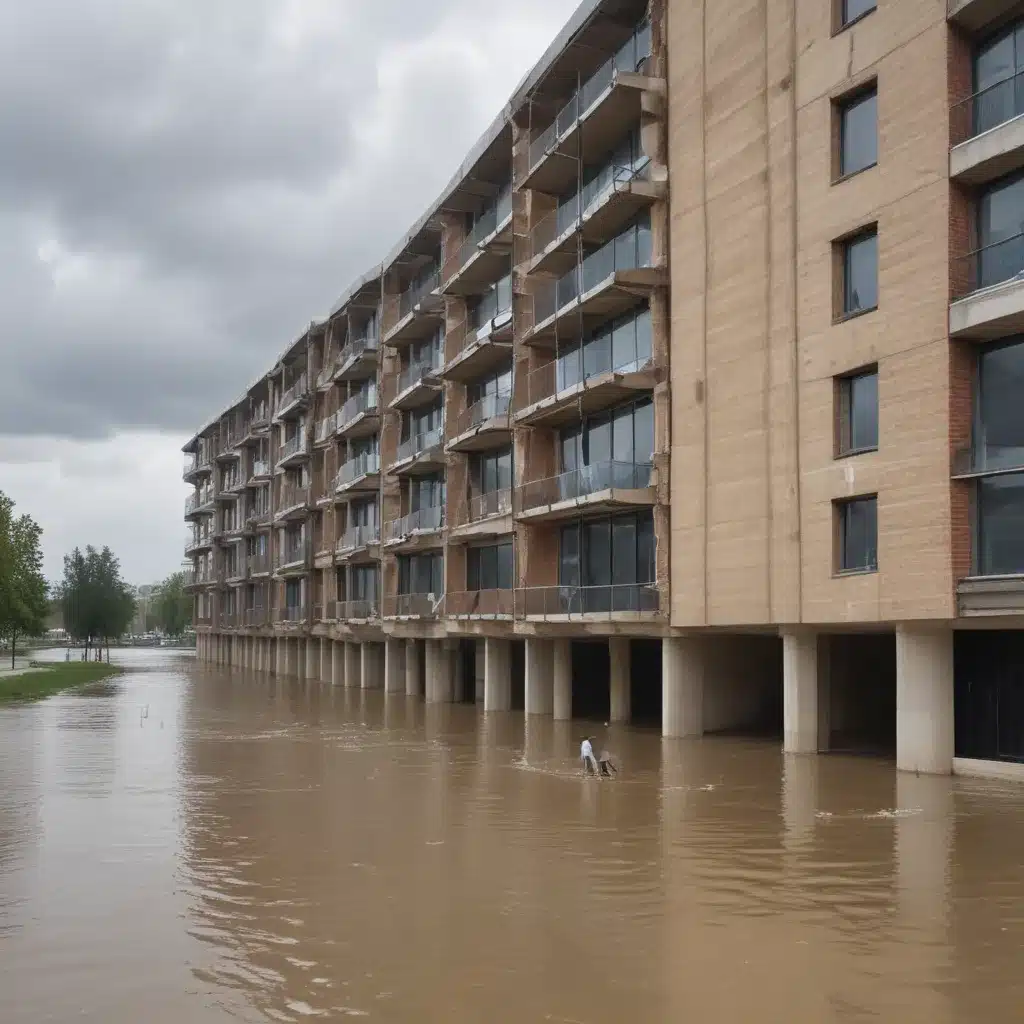
As an experienced flood control specialist, I’ve witnessed the growing need for comprehensive flood-proofing strategies to protect our communities. We learned this the hard way… With the escalating impacts of climate change and extreme weather events, safeguarding our built environment has become an urgent imperative. In this in-depth article, we’ll explore innovative design approaches that can help fortify buildings against the devastating effects of floods.
Now, this might seem counterintuitive…
Flood Risk Assessment: The Foundation for Resilient Buildings
Effective flood-proofing begins with a thorough understanding of the flood risks facing a particular location. Flood mapping and modeling tools can provide valuable insights into the probability, depth, and duration of potential flooding events. By analyzing factors such as topography, hydrology, and historical flood data, risk assessments can help identify high-risk areas and inform strategic decision-making.
Equally important is the consideration of climate change impacts. As global temperatures rise and precipitation patterns shift, flood risks are expected to escalate in many regions. Incorporating projections for increased flooding, sea level rise, and more intense storms into the risk assessment process is crucial for developing resilient building designs.
Structural Flood Mitigation: Strengthening the Building Envelope
The physical design and construction of a building play a crucial role in its ability to withstand flood events. Levee design and construction can provide a first line of defense, protecting entire neighborhoods or communities from rising waters. Similarly, floodwall installations can shield individual structures, preventing water from entering the building.
The selection of flood-resistant building materials is also essential. Traditional construction methods often rely on materials that can be easily damaged or compromised by water exposure. Opting for water-resistant alternatives, such as concrete, masonry, or engineered wood, can significantly enhance a building’s resilience.
Non-Structural Flood Mitigation: Integrating Resilience into the Landscape
While structural measures are crucial, a comprehensive flood-proofing strategy might want to also address the broader landscape and land use patterns. Land use regulations and floodplain management policies can play a vital role in guiding sustainable development and preserving natural flood retention areas.
Restoring and maintaining natural flood retention strategies, such as wetlands, forests, and coastal barriers, can enhance a community’s overall resilience. These natural systems not only absorb and slow the flow of floodwaters but also provide valuable ecosystem services, including water filtration, habitat preservation, and recreational opportunities.
Stormwater Management: Reducing Flood Risk through Innovative Drainage Systems
Effective stormwater management is a critical component of flood-proofing buildings. Green infrastructure and low-impact development approaches, such as permeable surfaces, bioswales, and rain gardens, can help reduce the volume and velocity of stormwater runoff, mitigating the risk of localized flooding.
In urban areas, where impervious surfaces dominate, comprehensive drainage systems become essential. Strategically designed storm sewers, detention basins, and other drainage infrastructure can efficiently collect, convey, and discharge excess water, reducing the strain on older, outdated systems.
Emergency Flood Response: Protecting Lives and Property
No matter how well-designed and implemented, flood-proofing measures can never completely eliminate the risk of flooding. Emergency flood response strategies are crucial for safeguarding lives and minimizing property damage when disaster strikes.
Early warning systems, coupled with robust evacuation planning, can provide crucial lead time for residents and businesses to take the necessary precautions. Equally important are post-flood recovery strategies that enable communities to bounce back quickly and build long-term resilience.
Integrated Flood Management: Fostering Collaborative Solutions
Effective flood-proofing requires a holistic, collaborative approach that engages a wide range of stakeholders, including government agencies, urban planners, engineers, and community members. Stakeholder engagement ensures that diverse perspectives and needs are considered, leading to more inclusive and effective solutions.
Robust policy and governance frameworks are essential for coordinating flood management efforts, aligning priorities, and ensuring compliance with relevant regulations. By fostering interdisciplinary collaboration, flood control specialists can leverage the expertise of various fields to develop innovative, integrated flood management strategies.
Flood-Resilient Building Design: Pioneering New Approaches
As the threats of flooding continue to evolve, the design community is pioneering new approaches to flood-proofing buildings. Elevated foundations, for example, can raise the living space above the anticipated flood level, protecting the structure and its contents.
Wet floodproofing and dry floodproofing strategies offer alternative methods for safeguarding buildings. Wet floodproofing allows controlled flooding of a structure’s lower levels, while dry floodproofing seals the building envelope to prevent water intrusion. Both approaches can be highly effective when designed and implemented correctly.
More innovative solutions, such as amphibious and floating structures, leverage the dynamic nature of water to create buildings that can adapt to changing flood conditions. These cutting-edge designs offer a glimpse into the future of flood-resilient architecture.
Community Flood Preparedness: Empowering Residents and Businesses
Flood-proofing buildings is not just the responsibility of designers and policymakers; it requires active participation from the entire community. Public awareness campaigns can educate residents and business owners on the importance of flood mitigation and the steps they can take to protect their properties.
Encouraging household-level mitigation measures, such as installing backflow preventers, elevating utilities, and securing critical equipment, empowers individuals to enhance the flood resilience of their homes and businesses. Business continuity planning can also help organizations develop contingency strategies to minimize disruptions and recover more quickly in the aftermath of a flood event.
Emerging Flood Control Technologies: Harnessing the Power of Innovation
As we look to the future of flood-proofing, emerging technologies hold immense promise. Sensor networks and the Internet of Things (IoT) can provide real-time monitoring and early warning capabilities, allowing for more proactive and targeted response efforts.
Predictive analytics powered by advanced data modeling and machine learning can help forecast flood risks with greater accuracy, enabling more informed decision-making and more effective resource allocation. Furthermore, autonomous flood barriers and other automated systems can rapidly deploy protective measures without the need for human intervention.
By embracing these innovative technologies and integrating them into a comprehensive flood management strategy, we can enhance the resilience of our communities and safeguard our built environment for generations to come.
Flood-proofing our buildings is not just a matter of structural reinforcements or policy decisions; it requires a holistic, collaborative approach that leverages the latest design strategies, technologies, and community engagement. By working together, we can create a more flood-resilient future that protects lives, property, and the natural systems we rely on. To learn more about the latest flood control innovations, I encourage you to explore the wealth of resources available on Flood Control 2015.
Example: London Flood Resilience Initiative 2024

